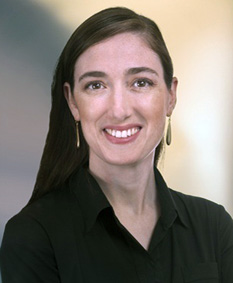by Suzanne Robinson
Innovation: This last year I’ve been asked more about innovative design than in the past 10 years combined. It’s amazing how popular this question has become. It is truly the green trend of the year. What does it really mean, where is it coming from, and what are some of the solutions?
First, what does “innovation” really mean? Does this sound eerily similar to the discussion from about 10 years ago of what does “sustainable” really mean? The answers are relatively similar. To some, it means being on the cutting edge and taking on risk by trying out new technology. To others, it means informed design that reduces loads through passive design. Both are super exciting for a designer. Other times, the question really is “How do I get to keep everything I want, within a tight budget, and still meet the energy requirements?”
Which leads me to the second part: Where is this question coming from? On one hand, there is a growing understanding and responsibility around the issue of climate change. We especially see our academic and government clients leading the charge of environmental stewardship to effect climate change. On the other hand, we are seeing more stringent energy regulations. Several states will be adopting 2015 IECC and ASHRAE 90.1-2013 next year in addition to those that already have adopted the latest energy code. ASHRAE 90.1 has increased energy reduction more in the last two versions combined (2010 and 2013) than the previous 18 years (1989 thru 2007). When you compare a code minimum building designed to ASHRAE 90.1-2007 versus designed to ASHRAE 90.1-2013, there is, on average, a 26% energy use improvement.
This means that what used to be optional energy measures that usually had a price tag associated with them, are now required. This leads to the challenge of choosing between the budget and what you want in the project, while meeting the new energy requirements. As a result, the question of innovation is popping up more and more.
The market is transforming. We are seeing the emergence of different collaborative design-build models such as IPD and Lean Design. We are seeing new technology hit the market and be adopted faster than in the past, which results in more affordable price tags as the technology becomes mainstream quicker. We are also seeing more upfront analysis to lead the design rather than measure the design. This is resulting in buildings working with their energy balances instead of fighting against them.
For example, in a recent project, one of the largest energy-saving measures was figured out at the start of the project through analysis. We started energy modeling of the building in schematic design, while the programming was still be finalizing. Looking at the energy balance of the building, we identified that installing a cooling coil in the fume hood exhaust would increase the energy savings produced by the heat shift chiller. It sounds counterintuitive, and we call it a “sensible energy recovery coil,, but it’s just a simple cooling coil. No fancy new technology with a large sticker price.
True innovation is stepping back and looking at the building components and figuring out how to have them work with each other and not leave any wasted energy on the table. Often this results in designs that are not flashy, but can be truly effective and affordable. And it only takes one thing: time. Talking with colleagues in the industry, we all find that our most successful projects share this one trait — enough time spent upfront in schematic design to develop a design that best fits the project. Innovation is the opposite of cutting and pasting from the last project or taking something that was read in an article and blindly applying it. As the market transforms with new technology and new design-build models, we are in the perfect place to change how we design and the time spent at each stage of the project. Innovation is taking two things that already exist and putting them together in a new way.
Suzanne Robinson, PE LEED AP BD+C, is director of sustainability at Vanderweil Engineers.










